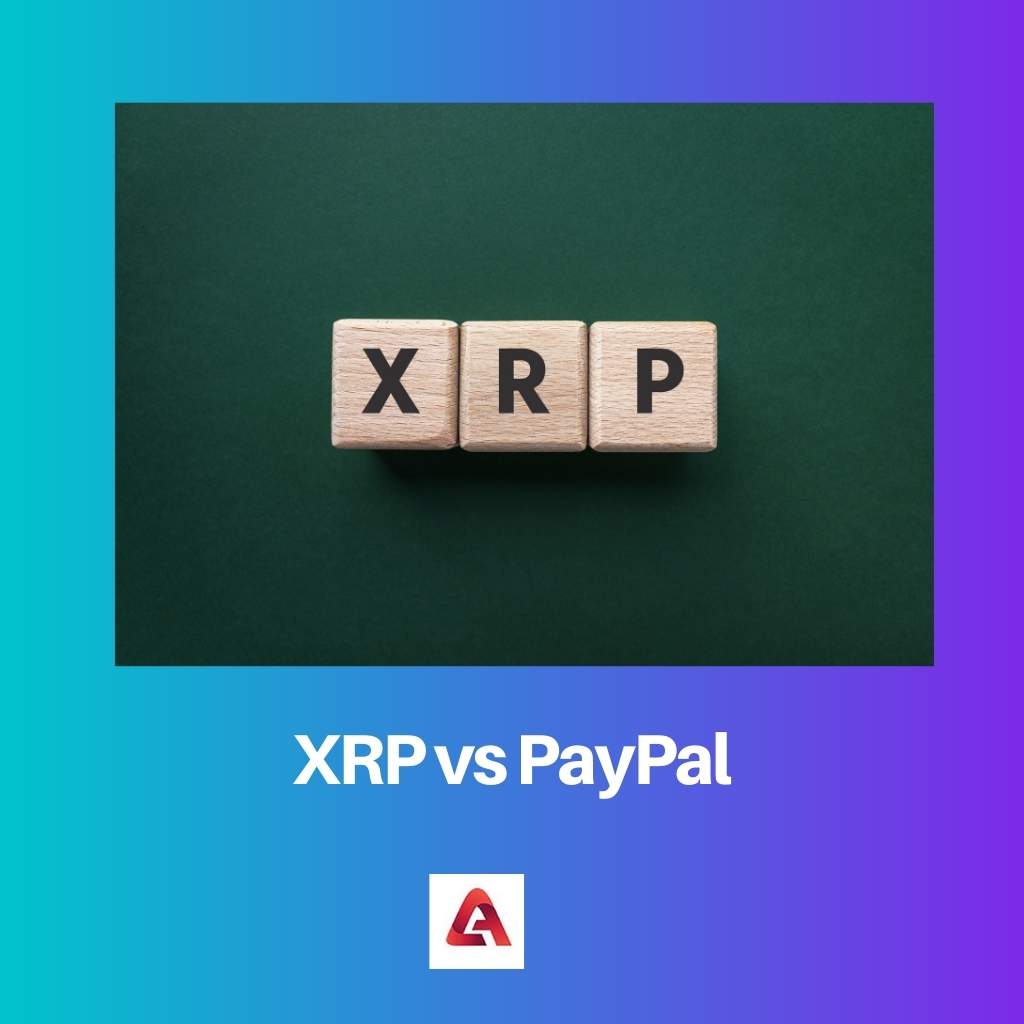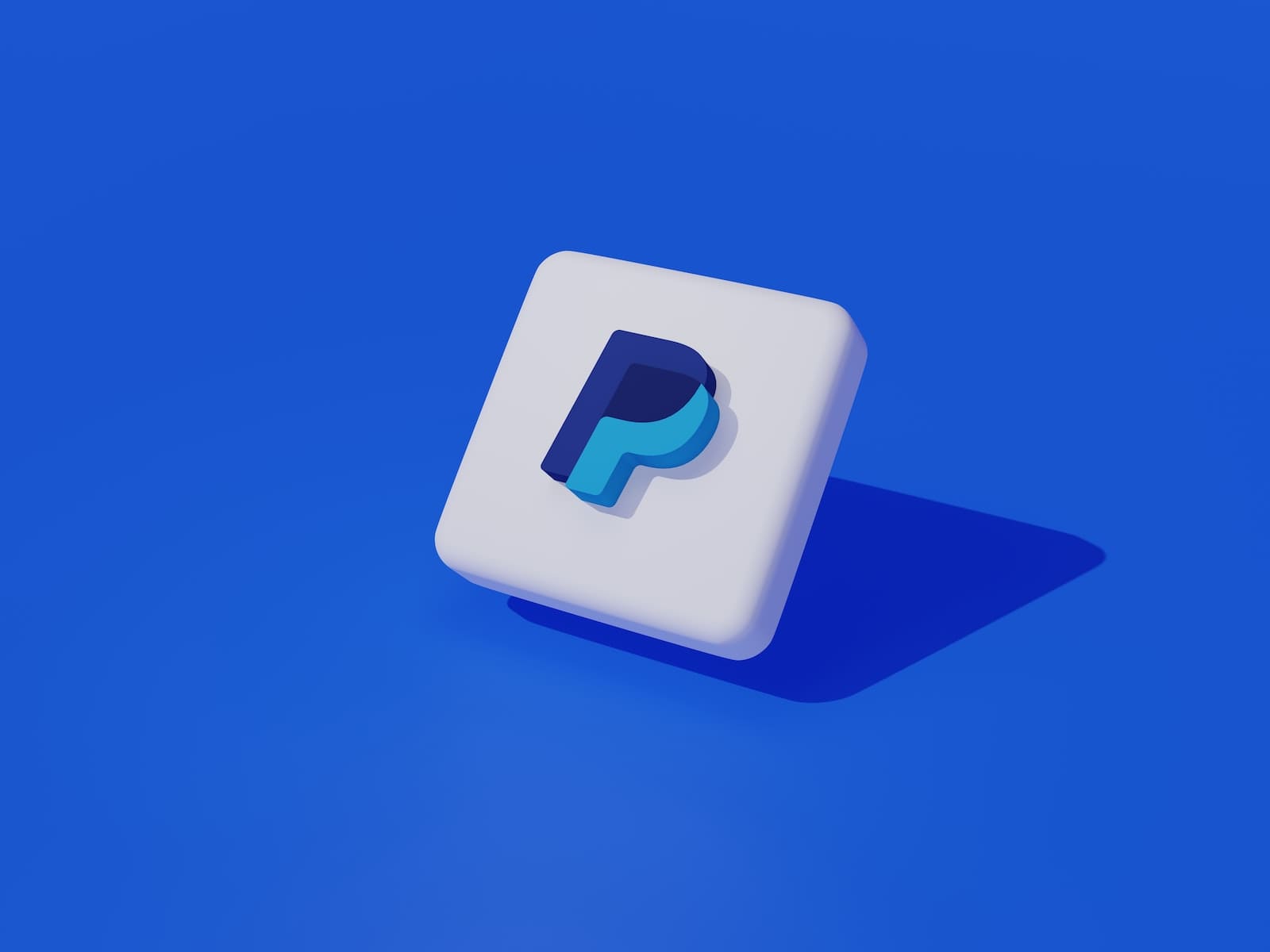XRP and PayPal are international payment systems that have major differences between them. However, they essentially liquidate assets from one place to another and remove the hassle of physical payments.
A major advantage of them is that they get the job done relatively quickly. Regardless, there’s a lot of argument about which one is better.
Key Takeaways
- XRP is a digital currency used for fast and secure cross-border payments, while PayPal is an online payment system used for transactions between individuals and businesses.
- XRP offers faster and cheaper transactions than PayPal, especially for international transfers.
- PayPal offers additional services, such as buyer protection, which XRP does not provide.
XRP vs PayPal
XRP is a digital cryptocurrency designed to facilitate fast and inexpensive cross-border payments, with a focus on financial institutions such as banks and payment service providers. PayPal is a digital payment platform that enables users to make online payments, transfer money, etc.

XRP is a native cryptocurrency for several products launched by the company Ripple. It is essentially a token that facilitates monetary transfers on the Ripple network.
Converting between currencies becomes easier as XRP works as a common dinero. However, there is a certain fee that needs to be paid for such transfers.
PayPal is an online payment system operated by the company PayPal Holding, Inc. It is a payment processor that acts as an intermediary for online payments while charging a fee.
However, the cost is much higher as compared to Ripple’s XRP, and it takes much longer to process a bank transfer.
Comparison Table
| Parameters of Comparison | XRP | PayPal |
|---|---|---|
| Launch | XRP was launched in 2012. | PayPal was founded in 1998. |
| Meaning | It is a digital asset that liquidates monetary transfers. | It is an online payment system that processes monetary transfers. |
| Nature | It is a back-end solution. | It is a front-end solution. |
| Intermediary | XRP does not require a central intermediary for exchanges. | PayPal itself acts as the central intermediary for exchanges. |
| Speed | It works faster than PayPal. | Bank transfers take much more time to settle as compared to XRP. |
| Commission | XRP charges a lesser fee than the latter. | PayPal costs more than the former while making transfers. |
What is XRP?
XRP is a digital asset or cryptocurrency that was made for monetary transfers on the Ripple network. Currently, according to market capitalization, it ranks among the top five digital currencies across the world.
The currency works on the XRP ledger, which is a blockchain created by Jed McCaleb, Arthur Britto and David Schwartz.
The mining process of XRP is very different from other cryptos in the market. Normally, digital currencies open their ledgers to any person who can set up mining equipment and carry out the work.
This creates the security of transactions as ledger holders must verify the transactions themselves to be considered legitimate. This creates a decentralized environment.
On the other hand, mining at ripple is way more centralized. Even though any person can download the validation software, only a selected list of people can actually become validators.
These people can select which transactions they want to verify based on what they think is not legitimate. The users can opt out of this list at any time they want.
This system allows the network to continue mining without the company even being involved. The validators renew their ledgers every 3-5 seconds, which is much quicker as compared to other cryptocurrency networks.

What is PayPal?
PayPal is an online payment system launched by the company PayPal Holdings, Inc. in 1998. It works as an alternative to physical money, allowing people to make transfers online.
The system acts as a central intermediary and charges a certain amount of fee for each transaction. However, they happen much faster than they would through normal banks.
Earlier, the company was a security software provider for handheld devices. Then, it was called Confinity. However, it soon merged with X.com, which Elon Musk founded.
X.com provided various financial services and was renowned in the United States. Later, the company stopped most of its internet banking services and focused only on PayPal.
Today, the system has more than 360 million active users in 200 countries. It lets a user make payments online with a bank account rather than a credit card.
Moreover, the payment information is hidden from merchants in most cases. This adds to the level of security it offers.
PayPal has made costly wire transfers and checks almost obsolete. Users can now transfer money conveniently in a faster and safer way. However, PayPal is not as fast as XRP and is much costlier in most cases.

Main Differences Between XRP and PayPal
- XRP was launched in 2012, whereas PayPal was launched way before in 1998.
- XRP is a digital asset that liquidates monetary transfers, whereas PayPal is an online payment system that processes monetary transfers.
- XRP is a back-end solution, whereas PayPal is a front-end solution.
- XRP does not require a central intermediary for exchanges, whereas PayPal itself acts as the central intermediary.
- XRP can settle transfers in seconds, whereas PayPal takes more time to do so.
- XRP charges a minimal commission for transfers, whereas PayPal charges much more than the former.


The historical background of PayPal and its evolution from a security software provider to becoming a renowned digital payment platform highlights its transformative journey and significant impact on the digital economy.
Both XRP and PayPal have paved the way for efficient and secure digital transactions, but the way XRP facilitates monetary transfers on the Ripple network is impressive, especially considering the speed at which transactions are settled.
XRP and PayPal serve different purposes, so the choice between them depends on the specific requirements of a particular transaction or individual needs. XRP’s focus on financial institutions makes it stand out.
The differences in launch years, nature, intermediary roles, speed, and commission rates clearly demonstrate the contrasting features of XRP and PayPal, offering valuable insights into their unique functionalities.
Both platforms offer useful features, but it is clear that XRP offers faster and cheaper transactions than PayPal, especially for international transfers.
The emphasis on the comparison of these two systems not only gives insight into their operational differences but also provides a deeper understanding of the role they play in the digital economy.
The comparison table presented in the article is quite helpful in understanding the key differences between XRP and PayPal, making it easier to evaluate the most suitable option for different payment scenarios.
The detailed explanation of XRP’s mining process and the way it differs from other cryptocurrencies adds significant value to the discussion, shedding light on the inherent characteristics that set XRP apart.
I agree, XRP’s ability to settle transfers in seconds at minimal costs clearly makes it a compelling option for businesses dealing with cross-border transactions.